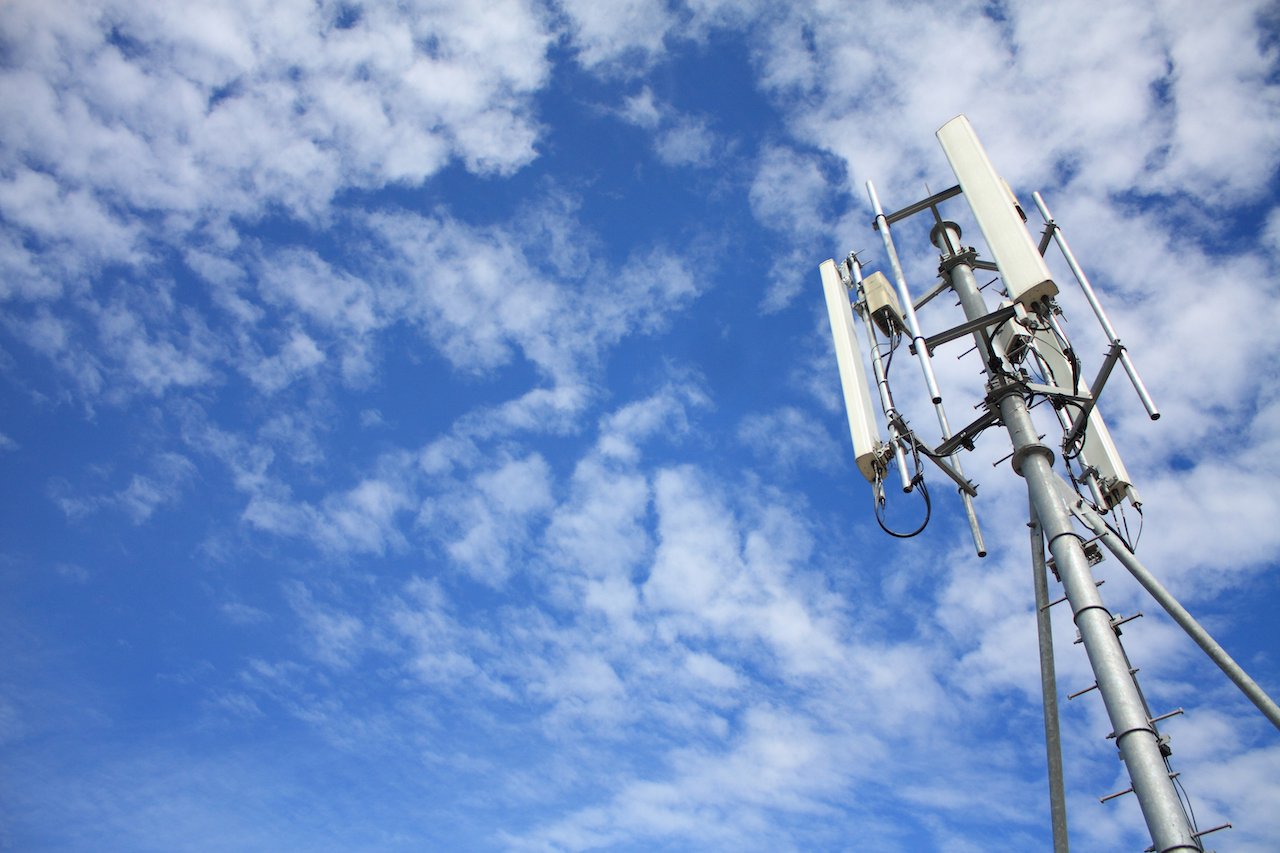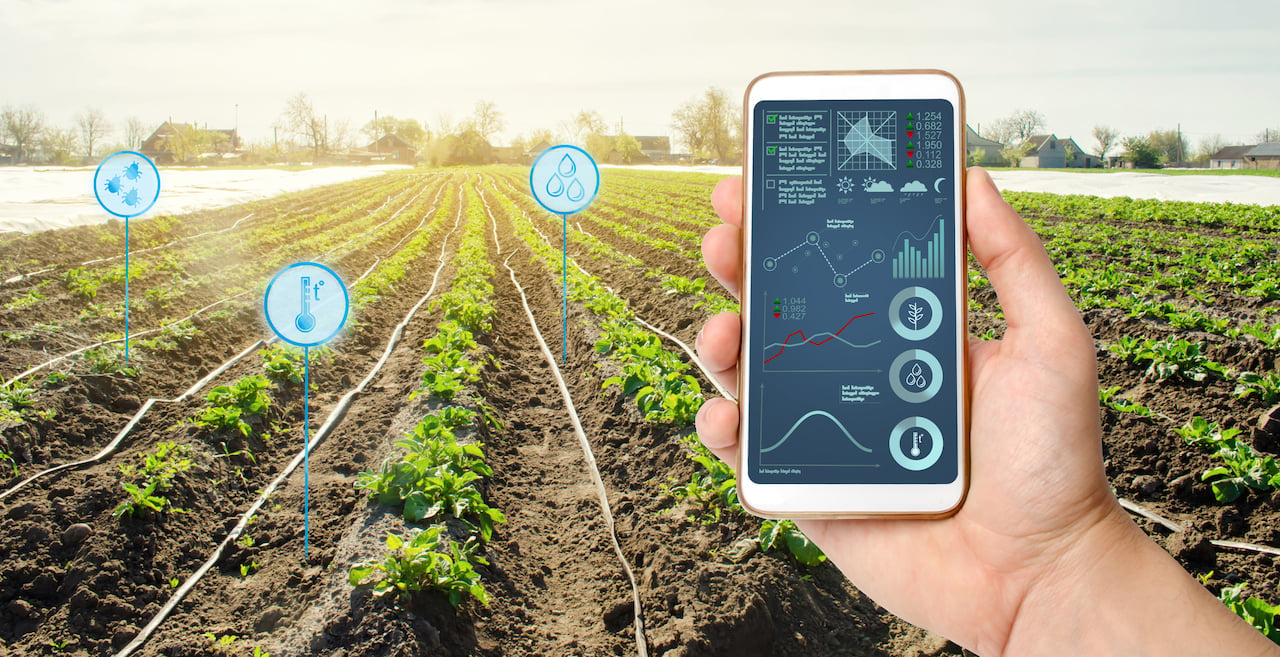
- October 2025 (3)
- September 2025 (3)
- August 2025 (3)
- July 2025 (2)
- June 2025 (3)
- May 2025 (3)
- April 2025 (3)
- March 2025 (2)
- February 2025 (1)
- December 2024 (2)
- November 2024 (1)
- August 2024 (2)
- June 2024 (3)
- May 2024 (3)
- April 2024 (1)
- March 2024 (3)
- February 2024 (2)
- January 2024 (2)
- December 2023 (1)
- November 2023 (2)
- October 2023 (2)
- September 2023 (1)
- August 2023 (1)
- July 2023 (2)
- June 2023 (3)
- May 2023 (2)
- March 2023 (4)
- January 2023 (2)
- November 2022 (2)
- September 2022 (1)
- August 2022 (2)
- July 2022 (2)
- June 2022 (1)
- May 2022 (1)
- April 2022 (3)
- March 2022 (1)
- February 2022 (3)
- January 2022 (2)
- December 2021 (1)
- November 2021 (1)
- October 2021 (2)
- September 2021 (3)
- August 2021 (1)
- July 2021 (4)
- May 2021 (2)
- April 2021 (2)
- March 2021 (2)
- February 2021 (3)
- January 2021 (3)
- December 2020 (1)
- October 2020 (1)
- August 2020 (1)
- August 2019 (1)
- January 2019 (2)
- September 2018 (5)
- June 2018 (1)
- November 2017 (1)
- September 2017 (1)
- July 2017 (1)
- May 2017 (1)
- January 2017 (1)
- October 2016 (2)
- August 2016 (1)
- July 2016 (1)
- June 2016 (1)
Subscribe by email
In a world increasingly populated by smart devices and real-time data, reliable, scalable, and secure connectivity is essential. Cellular IoT is transforming the opportunities for technological innovation. By using the same mobile networks that power your smartphone, cellular IoT connects devices across cities, farms, factories, and everything in between without any new infrastructure required.
Whether you’re tracking assets cross-country, monitoring environmental conditions in remote regions, or powering next-gen healthcare devices, cellular IoT delivers the coverage, flexibility, and performance modern applications demand. The recent introduction of 5G connectivity in IoT is further transforming the industrial sector, enabling connectivity on an unprecedented scale.
IoT has taken advantage of widespread cellular coverage and expanded the use of cellular networks to connect the digital and physical worlds. Before switching to cellular connectivity for your business, it’s important to understand how to implement and leverage the technology for IoT devices. This article explores the available cellular connectivity options, the benefits and challenges of cellular IoT, and real-world cellular IoT applications.
Key Takeaways:
-
Cellular IoT offers expansive and reliable connectivity: Cellular IoT provides extensive global coverage without new infrastructural investment, making it ideal for remote, mobile, and large-scale IoT deployments.
-
Cellular IoT provides diverse connectivity options: Cellular IoT caters to a wide range of IoT applications, from low-power, low-bandwidth sensors to high-performance, mission-critical applications.
-
Cellular IoT facilitates increased security and remote management: Cellular IoT ensures secure data transmission via encryption and unique SIM identification. It also supports remote management, reducing maintenance costs and operational complexity.
-
Cellular enables IoT cost-effective deployment and scalability: Cellular IoT significantly reduces infrastructure costs, simplifies device deployment, and scales easily across global networks.
-
Strategic Provider Selection Is Crucial: Evaluate cellular IoT providers' global network coverage, flexible SIM management strategies, robust connectivity and billing platforms, scalability potential, and commitment to monetization opportunities.
What is cellular IoT?
Cellular IoT connects devices to the internet using the same cellular network infrastructure that mobile phones have used for decades. Cellular IoT enables extensive coverage and connectivity options, increased security, flexible scalability, and low power consumption. By connecting physical devices, systems, and sensors to a cloud or data center, cellular IoT facilitates efficient communication and data transfers.
Cellular IoT devices transmit their data securely over a wireless spectrum, usually owned by a mobile network operator (MNO) like Verizon or AT&T. Since cellular leverages pre-existing mobile infrastructures, it offers wide-area coverage and is cost-effective to deploy. The technology uses cell towers and base stations for connectivity, eliminating the need to develop and install a separate dedicated network for IoT devices. As a result, cellular IoT is particularly beneficial for rural and remote applications, where high-speed internet options like fiber are often unavailable and cost-prohibitive.
As innovations in the IoT ecosystem continue to advance, IoT devices encompass everything from household appliances and energy meters to industrial machinery and precision farming. 4G and 5G networks have ushered in a new era of high-bandwidth cellular accessibility previously only available by Bluetooth, Wi-Fi, or wired Ethernet connections. This further broadens the potential for IoT technology in the coming years. Cellular IoT has led industries like retail businesses, smart cities, and healthcare systems to invest in transformative IoT solutions to elevate their services.
Learn more: 6 Types of Wireless IoT Technology
What makes cellular connectivity a good choice for IoT?
Cellular connectivity is ideal for IoT because of its expansive reach, reliability, robust security features, and simplified deployment process. Furthermore, cellular connectivity is globally standardized by international organizational bodies like the 3rd Generation Partnership Project (3GPP) and the GSM Association (GSMA). This ensures alignment and interconnectivity even as your device crosses borders and oceans.
Cellular networks are built to handle millions of devices with ease. They offer stable, managed connectivity with SLAs that ensure reliable performance and scalable operations. This is crucial for IoT use cases that require large-scale deployments with dependable connectivity.
Cellular IoT can also be accessed near-globally without requiring new infrastructural investment. This supports the mobile functions found in many IoT devices. Drones, smart vehicles, and assets can traverse networks, regions, and countries without connection loss. This is invaluable for businesses that use IoT devices for fleet management, logistics, and vehicle telematics. This near-global connectivity also allows for remote device placement without fear of service interruption, making it ideal for trail cameras, pipeline monitors, and weather trackers.
Learn more about how Zipit Wireless can resolve IoT connectivity challenges.
How does cellular IoT work?
Every cellular IoT device requires a SIM card that serves as that device’s ID to access a cellular network. The device connects to nearby cell towers using network technologies like LTE-M, NB-IoT, LTE Cat 1 bis, and 4G/5G. The device then transmits data, typically routed through the mobile operator’s core network and securely passed on to the cloud platform or backend system. These data transfers can include status updates, sensor readings, alerts, and audiovisual media. Cellular IoT also allows for remote device management, like over-the-air (OTA) firmware updates and diagnostic changes.
When attempting to access connectivity, the MNO servers vet each device based on its SIM authentication to determine whether or not it can access the network. The device’s cellular plan is also tied to the SIM card so providers know what to charge network subscribers. Cellular IoT devices sometimes need more than one SIM card to connect to multiple networks (for redundancy, as a true backup, or in a “bonded” type of application), so managing the plans can get complicated.
Learn more: An Introductory Guide to IoT SIM Cards.
What are the benefits of cellular IoT?
Cellular IoT offers devices enhanced security, flexible connectivity options, large coverage areas, remote management, and dependable network performance. The simple deployment process and cost efficiency of cellular technology make it perfect for IoT applications, whether they’re highly mobile or stationed in secluded environments.
Extensive coverage
Cellular IoT’s extensive range offers connectivity that can be used anywhere with pre-existing cellular infrastructure, including remote locations. This is much broader and simpler than what’s offered by Wi-Fi, Bluetooth, and wired connections. Cellular networks are mature, reliable, and capable of roaming and switching networks when out of range.
Flexible connectivity options
Cellular networks provide options for IoT manufacturers based on their use cases and bandwidth demands. NB-IoT works well for very low bandwidth applications, LTE-M supports low-bandwidth and mobile devices, and LTE and LTE Cat 1 bis support medium-high bandwidth demands. 5G supports even higher bandwidth requirements and more mission-critical applications where low latency is essential.
Cellular IoT covers everything from very low-power, low-data devices to high-performance use cases, providing flexibility that accommodates your budget and data requirements.
High reliability
Cellular networks are managed by telecom companies with high uptime standards. Cellular IoT devices benefit from the SLAs, professional network management, and high-quality service built into these business models. Reliable data transmission ensures consistent performance, low interference, and minimal service disruption.
Cost efficiency
Cellular IoT exists globally on existing mobile networks. These networks provide simple connectivity without requiring investment in new, expensive infrastructure. It also does not incur the ongoing costs associated with managing personal infrastructure. Cellular IoT can also connect to thousands of IoT devices per square kilometer, making them incredibly efficient at distributing connectivity. This is ideal for IoT use cases with large numbers of devices, like asset tracking and fleet management.
Ease of deployment
Cellular IoT reduces setup complexity and speeds up deployment time. SIMs connect to the internet out-of-the-box without technical expertise or laborious installation. This is perfect for the demands of IoT devices, which often rely on flexibility, mobility, and user-friendliness to succeed. Wi-Fi and local networks can restrict coverage ranges and limit the versatility of devices.
Increased security
Data sent over cellular networks is encrypted, preventing malicious actors from accessing IoT devices and blocking inspection and eavesdropping from network peers. The end-to-end security offered by cellular IoT is far superior to that of Wi-Fi, which can be vulnerable to tampering. Cellular networks invest heavily in data security to meet GSMA standards. Wi-Fi security is managed by the end-user or consumer, resulting in wildly different security practices based on the consumer.
Furthermore, the SIM card in a cellular IoT device adds a level of protection. The SIM gives each device a unique ID for connectivity that is difficult to steal. Wi-Fi shares connectivity across devices, which comes with greater security risks.
Improved productivity
IoT devices on an enterprise’s cellular network can provide data in real time for responsive troubleshooting and automate business processes to improve productivity and reduce the cost of production. This minimizes downtime and facilitates better performance and efficiency.
Remote management
Cellular IoT devices can be managed remotely, eliminating the need for frequent on-site maintenance. Cellular IoT and some eUICC SIMs provide OTA updates and troubleshooting from a centralized management hub, reducing field service costs and ensuring optimal device functionality.
For example, Bushnell partnered with Zipit Wireless to create a wireless trail camera that allows users to remotely manage and access images from their cameras. Our connectivity solution also allows Bushnell to manage new device activations around the world with a simple subscription platform.
Internet access in isolated locations
Cellular technologies allow for ongoing IoT connectivity even in remote locations without access to Wi-Fi or wired connections. One such application is fixed wireless. Fixed wireless supplies high-speed internet connectivity through cellular networks to a fixed location. For example, a new construction site could deploy a 5G router to keep the job site’s IoT devices operational before high-speed internet is deployed. The 5G router could remain after the construction is complete for wireless access in some homes.
Learn more: Fixed Wireless: A Viable Wireless Broadband Solution for High-Speed Business Internet
Types of cellular networks for IoT
IoT deployments can access multiple connectivity methods based on their bandwidth requirements, data throughput, energy consumption requirements, and associated costs.
1. 4G LTE
4G LTE is the fourth generation (4G) of cellular technology combined with long-term evolution (LTE) to enhance its speed. 4G LTE is the current connectivity standard, but it often consumes too much power for certain IoT applications like battery-operated devices that only need to transmit periodic, small amounts of data.
More feasible cellular solutions are low-power, wide-area networks (LPWANs) developed specifically for IoT use cases. Popular cellular LPWANs include LTE-M and NB-IoT, which are designed to extend long-range, reliable service. Both consume low power and provide excellent coverage and penetration but differ in cost, uplink and downlink speeds, and roaming capability. LTE Cat 1 bis has recently emerged as an LPWAN alternative that provides higher bandwidth and greater efficiency, though it is more expensive and more power-hungry.
2. NB-IoT
The Narrowband Internet of Things (NB-IoT), also known as Cat-M2, uses a narrow band (200 kHz) of the total bandwidth from a cell tower, making it suitable for transmitting small amounts of data over long distances. The narrow band provides an increased frequency range and good penetration. NB-IoT is optimized for IoT use cases and operates on very little power but is only capable of transmitting limited data. Unlike LTE-M, NB-IoT is not mobile. NB-IoT is best suited for fixed battery-powered applications with low data needs, like smart sensors or energy meters.
3. LTE-M
LTE-M (Long Term Evolution for Machines) leverages the same infrastructure as standard LTE networks. It’s faster and can support higher data transfer needs than NB-IoT. Cat-M1, another name for LTE-M, refers to newer LTE chips with reduced power and bandwidth requirements. LTE-M reduces the spectrum at which operations occur, reducing it to 1.4MHz. This facilitates increased device longevity by extending battery life.
LTE-M is ideal for applications that require low–medium data. The technology is built for roaming, however, it will not work without M1 or NB coverage. LTE-M can support SMS services like OTA updates to eSIMs. Currently, LTE-M can operate alongside existing LTE and 5G networks. LTE-M is often used for applications where real-time feedback is crucial, like patient monitoring and asset tracking.
Learn more: LTE-M: IoT Use Cases & Differentiating Features
4. LTE Cat 1 bis
While LTE-M and NB-IoT have been widely adopted, their deployment has been globally uneven. This presents regional discrepancies and roaming challenges. LTE Cat 1 bis works wherever 4G LTE exists and can roam without risking coverage loss. LTE Cat 1 bis also offers higher data rates but is slightly more expensive and more power-hungry than ultra-low-power LPWANs. However, this emerging cellular technology is increasingly popular for IoT use cases with more robust data demands seeking stable global connectivity.
5. 5G
Until the rollout of 5G began, cellular connectivity was not a feasible solution for large-scale, industrial IoT applications needing rapid data transfers. With the sunset of 2G and 3G, 4G remains the standard, but 5G is the foreseeable future for cellular IoT. 5G provides extraordinary bandwidth speeds of up to 1Gbps and can send data in real time, supporting a large number of devices. 5G is still emerging in some markets, but 5G will co-exist with LTE, LTE-M, LTE Cat 1 bis, and NB-IoT until it becomes the standard.
Learn more about what 5G means for connectivity.
Examples of cellular IoT
- Smart buildings: Smart buildings use cellular IoT technology to streamline security and resource management. IoT devices allow building owners and occupants to monitor water usage, control temperatures, and review camera footage. Building managers rely on cellular IoT’s real-time data collection for rapid responses to security breaches and burst pipes before they become costly problems.
- Environmental monitoring: Cellular IoT’s stability and accessibility, even in isolated locations, is perfectly suited for environmental applications like water monitoring. For example, the Ontario Clean Water Agency in Canada partnered with Cisco for a cellular IoT solution to help customers monitor water for contaminants to meet national requirements. The agency needed to validate and report water quality promptly from wastewater facilities across Canada. They used the remote monitoring capabilities of cellular IoT to implement centralized data access.
- Commercial refrigeration: Cellular IoT is used by grocery stores to detect refrigerator failures. By installing sensors to monitor temperatures and receive data in real-time, temperatures can be observed and managed through a single platform. Early alerts to appliance outages help grocery chains avoid spoilage and waste, saving them significant money and labor.
- Smart farming and agribusiness: Smart farming uses cellular connectivity to improve processes and increase production without sacrificing the quality of the produce. Heatsieker uses Zipit’s cellular connectivity with a wireless gateway to monitor and maximize milk production.
- Digital signage: Digital signage needs to remotely update content on digital displays, to remain competitive, maximize flexibility, and eliminate the added labor required by in-person changes. Relying on customer’s corporate Wi-Fi networks is unreliable and less secure than cellular connectivity. For example, BrightSign partnered with Zipit Wireless to provide a cellular IoT alternative to Wi-Fi and ethernet deployments. Brightsign also leveraged Zipit’s technology to manage subscriptions and cellular connectivity in a single platform, offering their customers a centralized data portal.
- Healthcare: Wearable healthcare devices like remote patient monitors need dependable and rapid data transmissions. These devices help healthcare providers observe a patient’s vital signs and intervene before medical emergencies can escalate. Cellular IoT technology allows these devices to remain active consistently and safeguard patient data from security breaches.
- Retail operations: Cellular IoT opens up numerous possibilities for retail, including streamlined supply chain monitoring, accurate inventory management, centralized system updates, and cashless payments. The flexibility of deployment allows for remote POS systems like vending machines to operate seamlessly regardless of location.
Is cellular IoT right for your application?
Cellular IoT is an ideal solution for a business where speed is a priority and reliable data transmission is essential. Cellular also suits devices or machinery in remote locations that must transmit data over long distances. In locations with no access to Wi-Fi, cellular in the form of fixed wireless access is an advantageous alternative.
When deciding if cellular IoT is right for your business, consider the following:
- Do you need to collect data from devices that are off-site or mobile?
- Do you need to access large amounts of data in real time?
- Are you looking for wireless backup connectivity for your existing network infrastructure?
- Do you want to deploy a private LTE or 5G network or use the existing public cellular network?
If you answered yes to any of the questions above, your business could benefit from a cellular IoT solution. Zipit Wireless can simplify the process by connecting you with the world’s top network providers and creating a subscription billing platform, enabling the easy monetization of your IoT solution. As an industry-leading provider of cellular IoT solutions, we offer customized solutions designed around our customers’ IoT enterprises that provide you with excellent connectivity and open up recurring revenue channels.
Learn how to choose an IoT connectivity option or how IoT is changing business for the better.
How to choose a cellular IoT provider
When determining a cellular IoT provider, you need more than just network access. You’re looking for a committed partner to support your devices, manage connectivity and billing, negotiate competitive carrier relationships, and encourage monetization opportunities.
When choosing a provider, consider the following:
1. Network coverage & roaming: Your cellular IoT provider must offer seamless global coverage and roaming capabilities to ensure your device stays connected, especially if it's mobile. Look for a partner that can manage network switching without service interruptions or complex reconfigurations.2. Flexible SIM strategies: If you’re deploying your product globally, you need control, flexibility, and remote provisioning.
3. Connectivity options: You need a provider who can support your product’s deployment across network technologies like LTE-M, NB-IoT, and 5G.
4. Connectivity & billing management platform: Managing thousands of devices manually is impossible. Partner with a company that streamlines subscription management, billing automation, and analytics through dynamic, user-friendly platforms.
5. Scalability: When your business is ready to expand, your cellular connectivity partner should be able to scale with you. Choose a provider that allows you to remotely activate, monitor, and update your devices. Transparent pricing tiers and customized plans based on your usage model and data volume are essential for your business to scale and flourish.
Transform your business with Zipit's cellular IoT solutions
Zipit Wireless has over a decade of experience partnering with the nation’s leading cellular providers, giving our clients access to wide area coverage and reliable connectivity at incredible prices. Zipit can guide you through the complexities of global connectivity, strategize fallback solutions, and manage your applications regardless of your data demands.
Zipit Wireless offers a variety of global SIM strategies, like global roaming SIMs, eSIMs, and multi-carrier SIMs, ensuring you remain connected across networks. We’ve built relationships with leading cellular carriers worldwide, allowing us to negotiate better rates, provide multi-carrier and global IoT SIMs, and offer easy SIM management from the convenience of one platform for our customers. As the market evolves to accommodate new technologies, we adapt our strategies and offerings to solve the challenges our customers encounter in the IoT ecosystem.
We are also committed to providing you with a streamlined billing solution and robust analytics. Zipit’s connectivity & billing platforms offer diagnostic feedback, data usage tracking, and cost-saving insights in a centralized location. Our platforms are designed to fuse efficiency with actionable, data-driven insights to maximize your growth potential.
Zipit Wireless is dedicated to helping OEMs launch their products, sustain growth through recurring revenue channels, and maximize their future potential. If you’re looking to invest in cellular IoT technology, contact us and learn how Zipit’s wealth of experience and commitment to our customers can revolutionize your IoT enterprise.
You may also like:
Related Content
The latest IoT insights and platform updates from Zipit.
From the sales floor to supply chains, IoT solutions are reshaping retail with unp...
Internet-connected objects increasingly dominate both professional and personal sp...
The Internet of Things (IoT) has transformed industries by creating a network of i...



